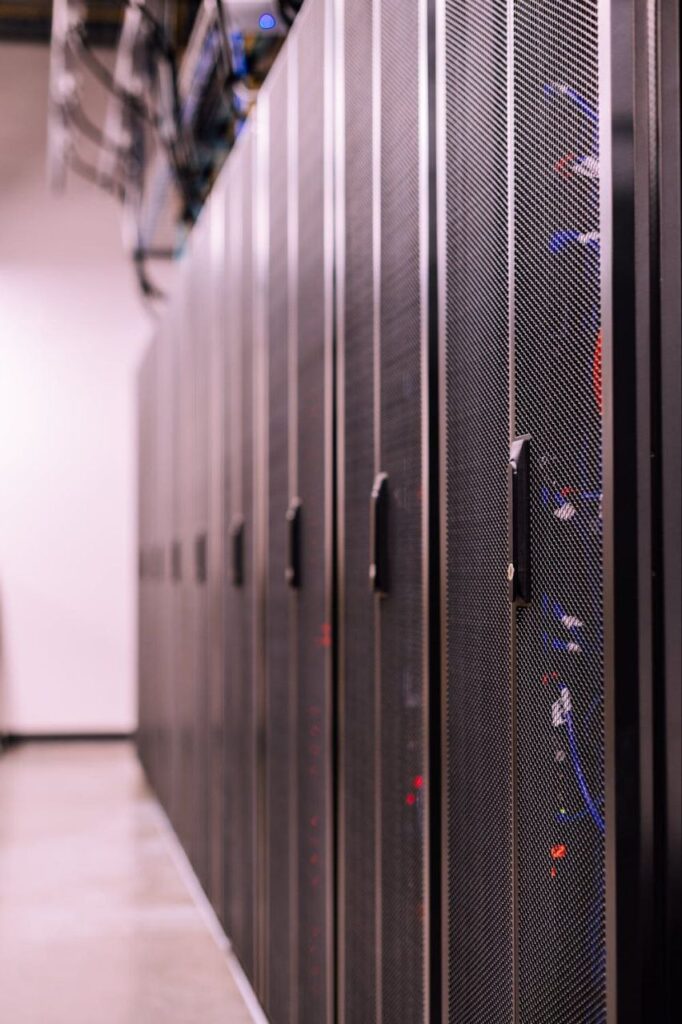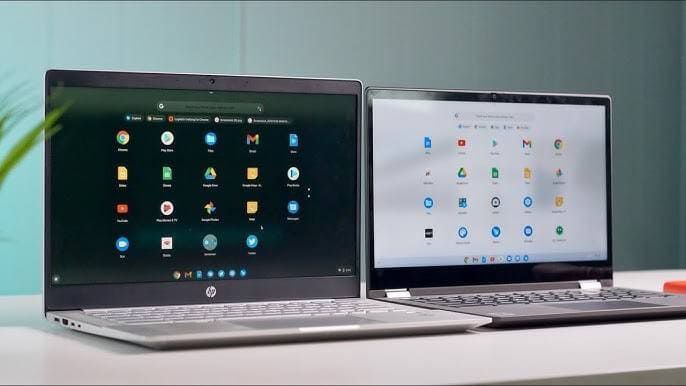Most of us think that working from home automatically means that we are reducing our environmental impact. After all, no commute to office equals to less emissions, right?
But there is a catch: remote work, just like any other work has its own hidden carbon footprint. From energy-intensive video calls to data centers powering the cloud system, our digital routines add up in ways we hardly consider.
The good news is that with some smart changes, you can significantly reduce your remote work emissions without giving up productivity. Let’s try to break down where those invisible carbon costs arise from and how can you bring them under control.
The Unknown Carbon Costs of Remote Work
Video Calls: The Silent Energy Drain

A one hour Zoom call can emit ~150g of carbon dioxide that is equivalent to charging 18 smartphones. Turning your camera off can reduce that footprint by upto 96%. (Bonus: It also saves bandwidth! )
Pro Tip: Try to use audio-only mode whenever possible, or switch to messaging apps like Slack for quick check-ins.
Cloud Storage: Your Files Have a Carbon Cost that You aren’t Aware of

Data centers (which store everything from emails to Netflix) consume close to 1% of global electricity.
Files which are unnecessary and duplicate backups increase energy use.
Fix It: Clean all old files, unsubscribe from unwanted emails, and opt for green web hosts such as GreenGeeks or DreamHost.
The Carbon footprint of a Crammed Inbox

A single unwanted email equals to approximately 0.3g CO2. Multiply this by countless of newsletters you are never going to open…
Simple Hack: Use tools like Cleanfox or Unroll.Me to unsubscribe from unwanted sites within seconds.
Energy Drain: The Power You Waste Without Even Realizing It
Devices that are left on standby (laptops, monitors, routers) still draw power—that add up to $19B in wasted energy annually in the United States alone.
- Solution: Smart power cords like Kasa Smart Plug automatically cuts power to idle devices.
How to Minimize Your Digital Footprint Without Quitting Tech

Low-Effort, High-Impact Swaps
- Switch to a green search engine such as Ecosia which plants trees with your searches.
- Try to incorporate energy-efficient devices in your setup (look for EPEAT or Energy Star certification).
- Enable dark mode on phone and laptop screens, it cuts energy use by upto 63% on OLED displays.
Track Your Impact
- Carbonalyser (browser extension) shows real-time CO2 from browsing.
- Google’s Carbon Footprint Tool reveals emissions from Gmail, Drive, and Meet.
The Bigger Picture: Why This Matters
Although actions at an individual level might look small, collective change is what drives the real impact. If only 10% of the remote workers in the United States turned off their cameras during unnecessary video calls, we would save tons of CO2 emissions monthly which is equivalent to taking thousands of cars off the road.
Become a Change:
Pick one tip from this post and test it this week. (Example: Clean out 100 old emails, or go audio-only in your next meeting.) Small steps lead to big reductions over time.
Final Words
Remote work can become greener than the office—but only if we are aware of its hidden costs. By improving our digital habits, we can make sustainability an effortless part of the workday.
What is your biggest remote work sustainability struggle?







